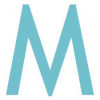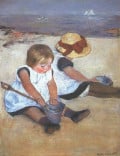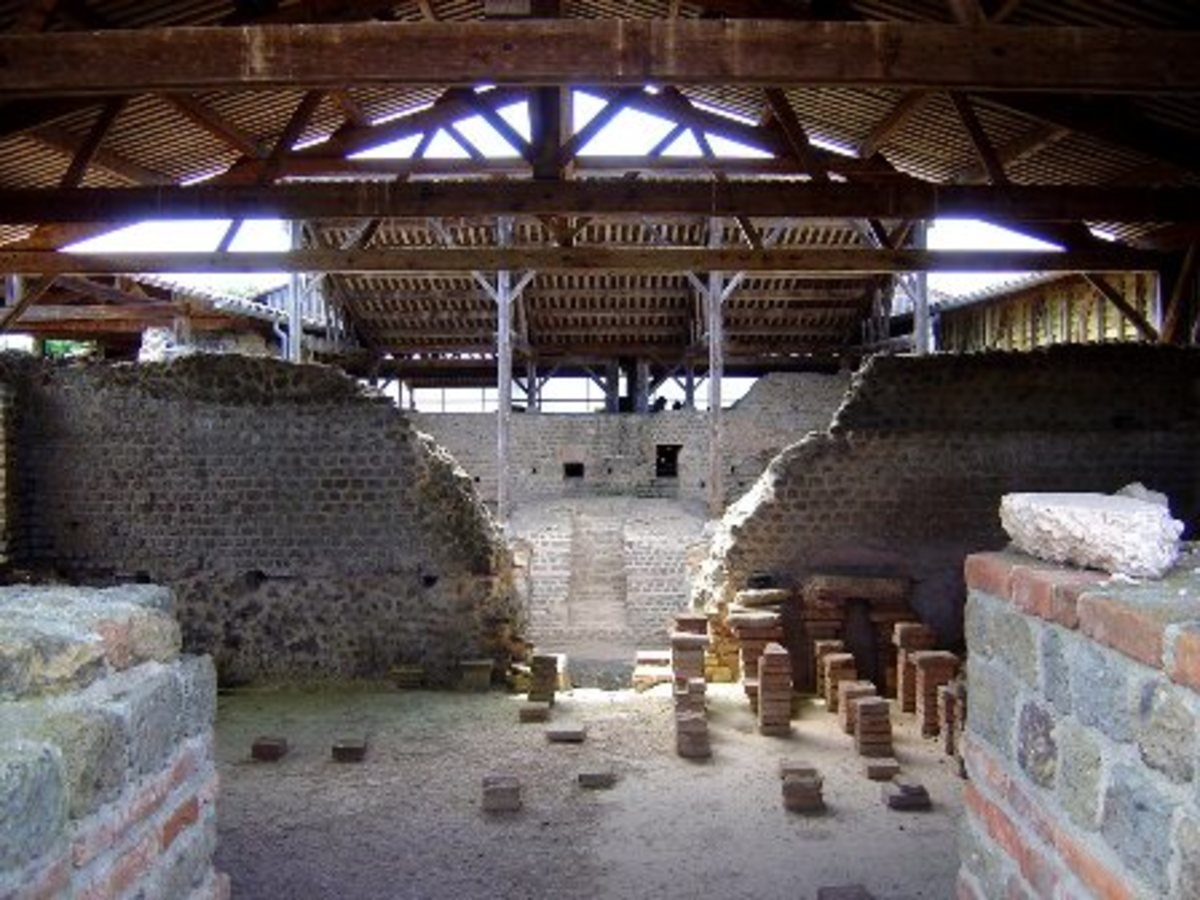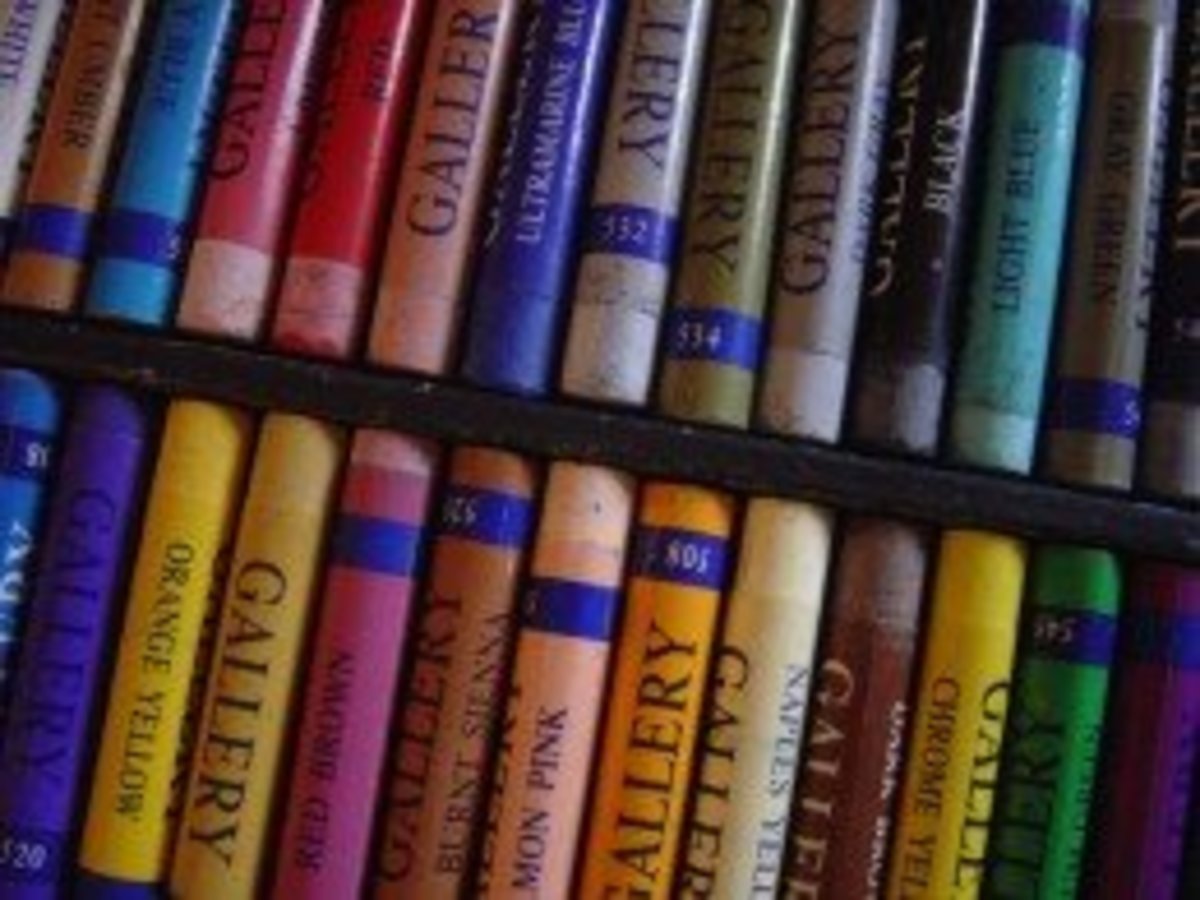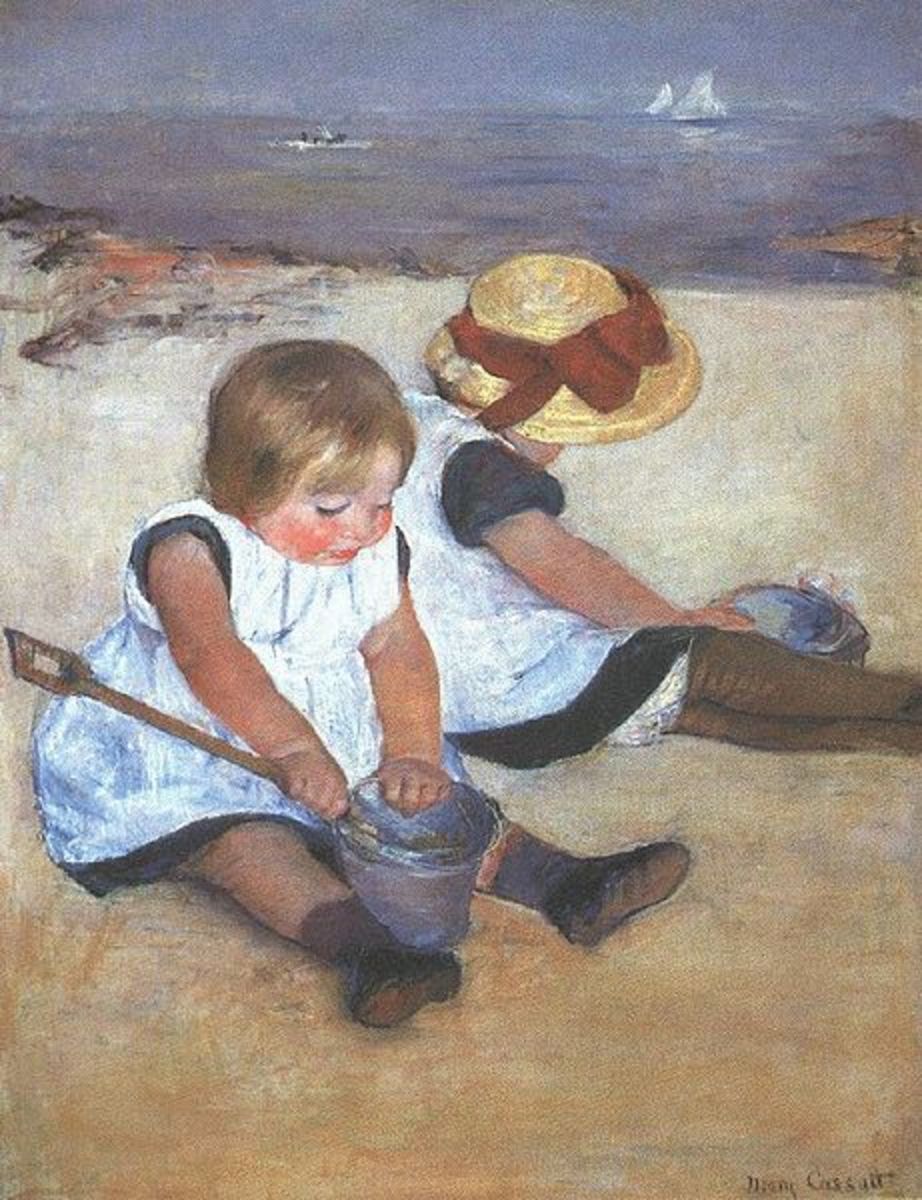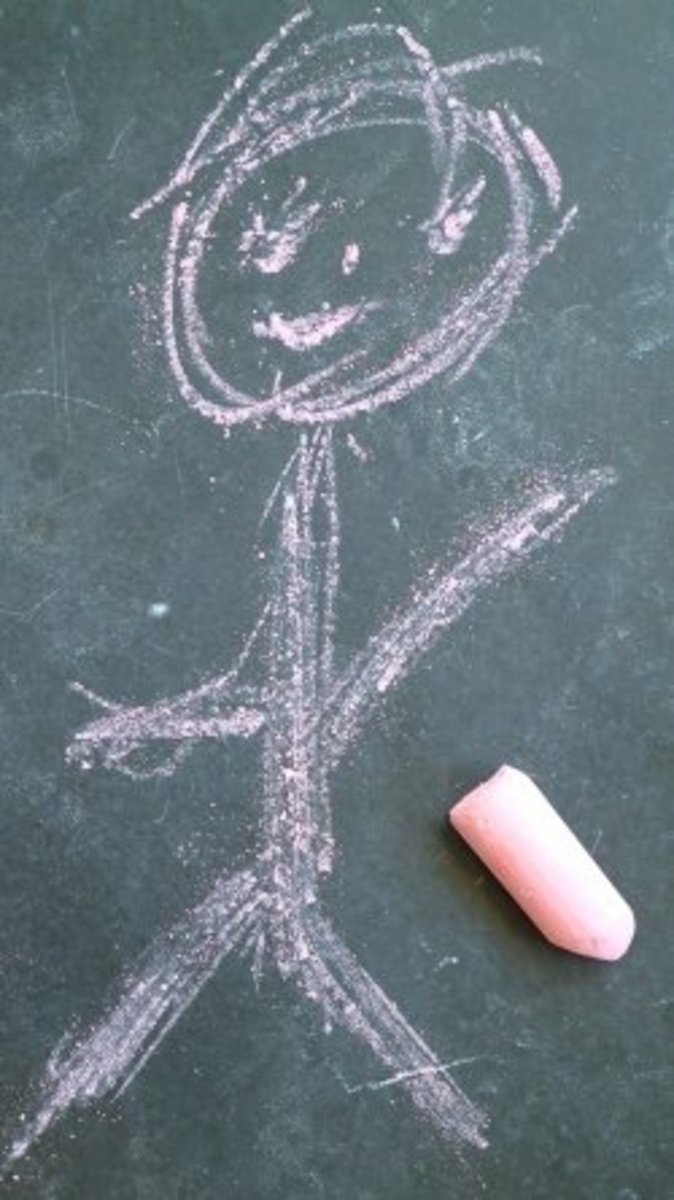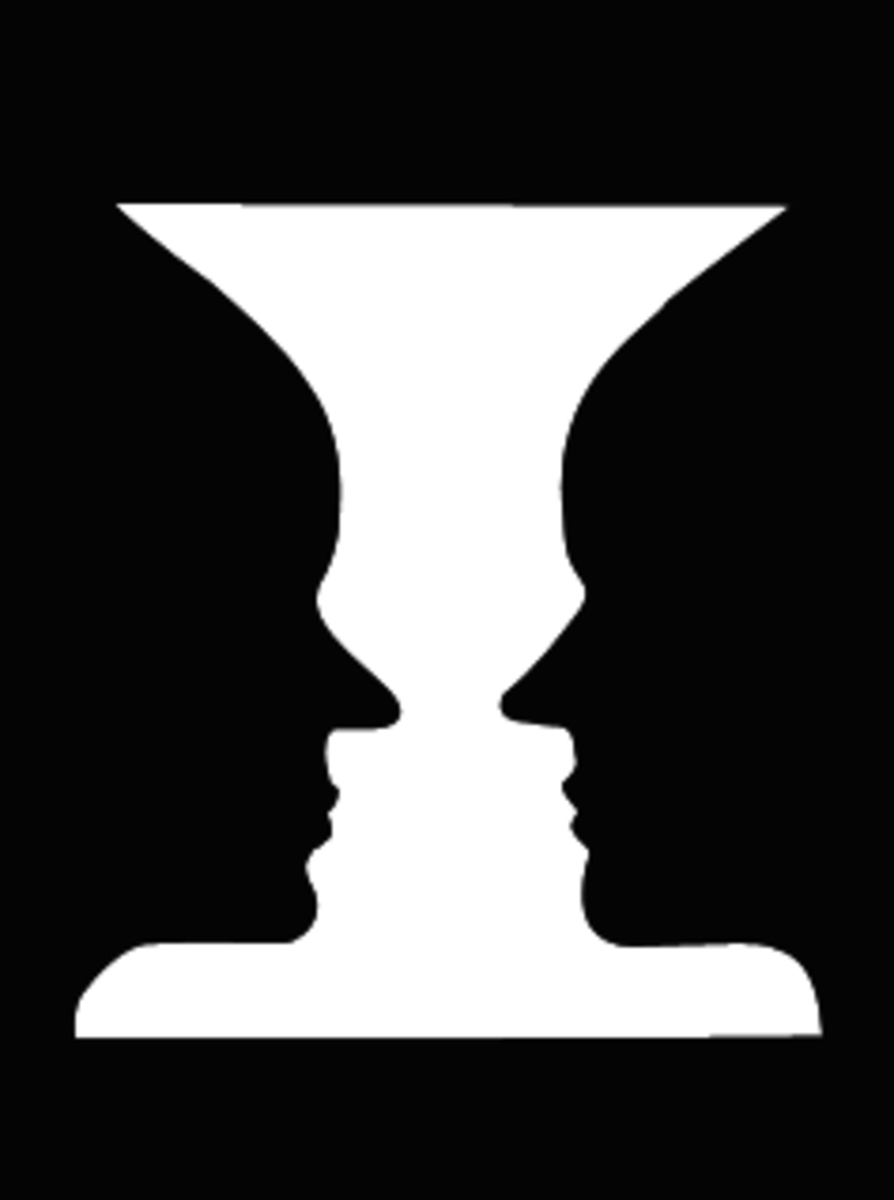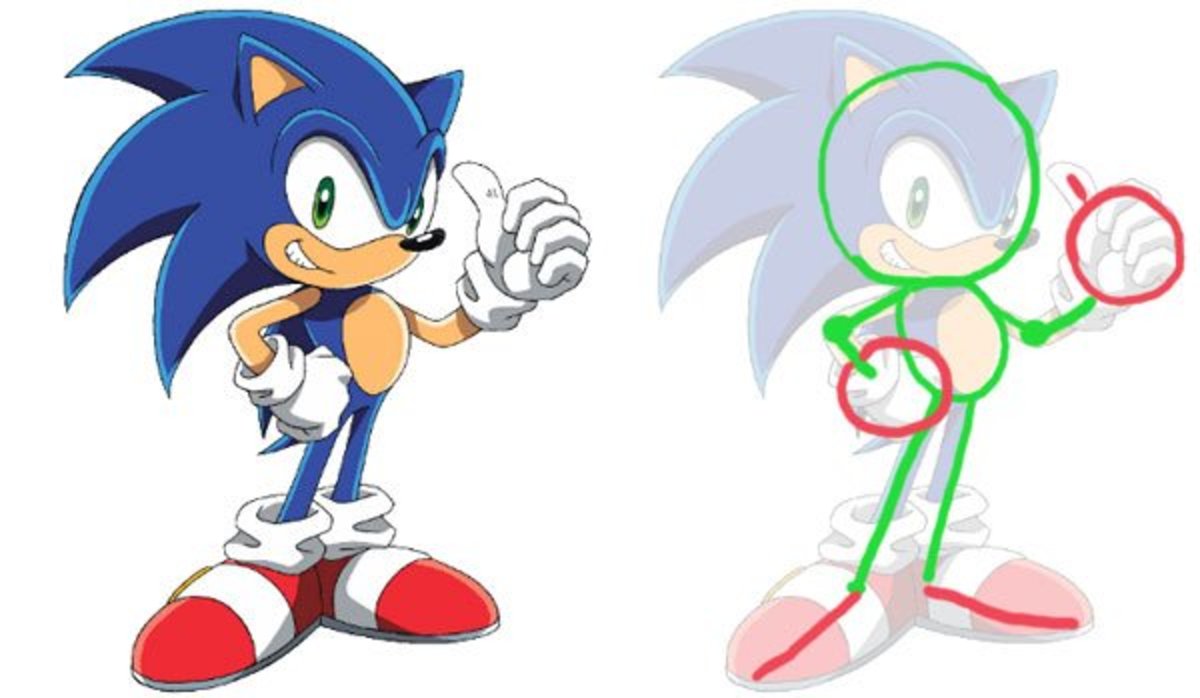The Best Books about Pastel Artists
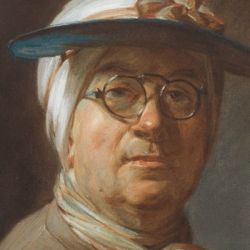
Introducing the Masters of Pastels
Find out which are the best books for those wanting to learn more from the Masters of Pastels from the past
Learn about:
- famous pastel artists in art history - Jean Baptiste Simeon Chardin, Edgar Degas, Odilon Redon, Maurice Quentin de La Tour, Rosalba Carriera
- much admired pastel artists of today such as Wolf Kahn and Albert Handel
Also listed are the best NEW books about Pastel Artists
Why study pastel artists?
I learned most of what I know about pastels from studying the artwork produced by pastel artists of the past and present.
While I can go to the annual exhibition of The Pastel Society to see the range of different ways of working and what can be done by contemporary pastel artists in the UK, it's less easy to see the artwork of past masters or the work of contemporary artists working in the USA and elsewhere around the world.
This is largely because museums are a tad wary of what happens when you expose pastels to light. This mainly relates to the support used rather than the pastels as the pigments used are the same as those used for oil paints of the same era. Plus of course they're not around to do videos as tutorials which you can view on YouTube!
So, some 25 years ago, the solution I found was to buy books and monographs about pastel artists and study their artwork in books. It's obviously not as good as the real thing but it does allow you to see more than you can easily do in exhibitions.
Once you've found the artists whose work you can like you can also try to see which of them have their work online. While you'll find some, I've found that frequently you can see much more in a book - which is why I have a lot of books about pastel artists
Below are some of the books I suggest you look at. For some this will mean buying secondhand copies as they are out of print and difficult to get hold of - although there are some new copies around if you search.
Artists from the Past
Dictionary of Pastellists Before 1800 - by Neil Jeffares
This book aims to create a body of knowledge about both pastel artists and pastel artworks before 1800 - and to attribute works to artists. It won the Besterman/McColvin medal for the outstanding reference book published in the UK in 2006.
The Dictionary includes:
- the documented records of some 20,000 pastels (from exhibition and auction records and otherwise in public collections) - plus a topographical index which locates where these are
- summaries of details known about 1,250 named artists - plus a survey which locates pastel artists within the various schools and periods of art
- a list of all exhibitions including pastel artwork between 1704 to 2005
- some 5,000 reproductions, many never before published, and references to all known reproductions of other pastels

Pastels from the 16th to the 20th Century - by Genevieve Monnier
I've got two copies of this book - a paperback and a hardback. It was one of the first ever books I bought on the history behind the use of pastels as an art medium.
It's invaluable for the serious student of pastel art history and pastel artists
15th Century Pastel Artists
Leonardo da Vinci
April 15, 1452 – May 2, 1519
More about Leonardo da Vinci - drawing with pastel from 1499
Leonardo da Vinci used to refer to pastel as "the dry colouring method".
He apparently learned how to use it from Jean Perreal, a French artist, who visited Milan in 1499. Initially he only used colours with a light touch to highlight, for example, the neckline of a dress. It became common practice in Italy in the 16th century to use pastel to heighten drawings with light touches of colour.
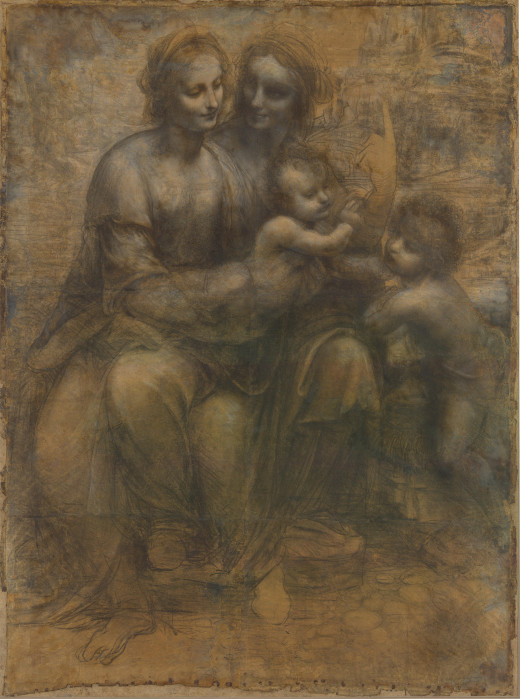
- Leonardo da Vinci - Wikipedia, the free encyclopedia
Leonardo di ser Piero da Vinci (Italian pronunciation: [leoˈnardo da vˈvintʃi] About this sound pronunciation (helpinfo); April 15, 1452 - May 2, 1519, Old Style) was an Italian Renaissance polymath: painter, sculptor, architect, musician, mathematic

Leonardo da Vinci: The Complete Paintings and Drawings
Rated 4.7 out of 5 stars (48 customer reviews)
A classic Taschen production - seeking to bring high quality production values to a complete record of da Vinci's work - which includes his drawings using chalk.
18th Century Pastel Artists
Pastel Portraits in the 18th Century
In the 18th century, pastel paintings were held in high regard.
They were large, mainly used for portraiture and displayed like oil paintings. As a result almost 2,500 professional artists and amateurs were working in pastel in Paris alone by 1750.
- Pastel Portraits: Images of 18th-Century Europe | Metropolitan Museum of Art
Pastel Portraits: Images of 18th-Century EuropeMay 17-August 14, 2011 - The Eighteenth-Century Pastel Portrait | Thematic Essay | Heilbrunn Timeline of Art History | The Me
Although the earliest works of art to make use of pastel were produced in Renaissance Italy, pastel painting proper dates from the seventeenth century.

Pastel Portraits: Images of 18th-Century Europe
Pastel Portraits: Images of 18th-Century Europe was an exhibition at the Metropolitan Museum of Art in 2011.
The companion book to an exhibition at the Metropolitan Museum, presents:
- more than 40 pastel portraits by French, Italian, English, Swiss, and American artists.
- a technical discussion of the materials
- an explanation for why pastels achieved widespread popularity in the 1700s.
Rated an average of 5.0 out of 5 stars based on 2 customer reviews
Rosalba Carriera
7 October 1675 - 15 April 1757
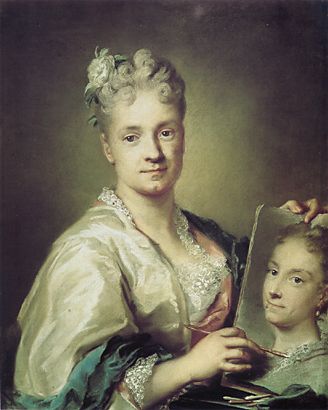
More about Rosalba Carriera
Rosalba Carrera was a Venetian born painter who pioneered the use of pastels for portraiture - as opposed to the studies and drawings they'd been used for hitherto.
- Rosalba Carriera - Wikipedia, the free encyclopedia
Rosalba Carriera (7 October 1675 - 15 April 1757) was a Venetian Rococo painter. In her younger years, she specialized in portrait miniatures. She later became known for her pastel work, a medium appealing to Rococo styles for its soft edges and flat - Rosalba Carrera | Dictionary of Pastellists before 1800
An account of the life and career of Rosalba Carrerra - Named sitters A-K of Rosalba Carrera | Dictionary of Pastellists before 1800
Includes details of the pastel work, the sitter and include a small thumbnail of the pastel portrait - Named sitters L-Z of Rosalba Carrera | Dictionary of Pastellists before 1800
Includes details of the pastel work, the sitter and include a small thumbnail of the pastel portrait - Anonymous sitters of Rosalba Carrera | Dictionary of Pastellists before 1800
Unidentified men and women with details of work and thumbnail of the pastel portrait
Great Women Masters of Art
Includes a section on Rosalba Carrerra - but also covers every other great female artist
Average Customer Review: 4.4 out of 5 stars based on 5 customer reviews
Jean-Baptiste-Simeon Chardin
2 November 1699 - 6 December 1779
"You use colours, but you paint with your feelings"
— Chardin (page 322 of 'Chardin')The pastel art of Jean-Baptiste-Simeon Chardin
Chardin was a well regarded painter of still life and animals in oil for most of his career. As he got older his eyesight deteriorated and he began to use pastels towards the end of his life.
His approach to pastels is based essentially on his exquisite draughtsmanship. However for me, he uses pastels as an oil painter and demonstrates very clearly why we have a group of painters who are well known for their use of oils and pastels.
He exhibited three pastels at the Salon of 1771 and again exhibited pastels at the Salons of 1773, 1775, 1777 and 1779. They mainly aroused interest because of his age and the fact he was still producing art. They consisted solely of portraits - as the genre demanded re. the use of pastel at the time. Subsequently the three self-portraits preserved in the Louvre have brough him fame.
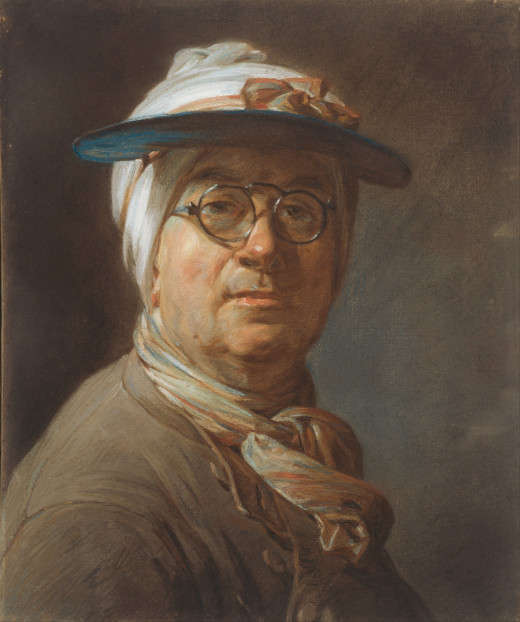
- Jean-Baptiste-Simon Chardin - Wikipedia, the free encyclopedia
In the 1770s his eyesight weakened and he took to painting in pastels, a medium in which he executed portraits of his wife and himself. His works in pastels are now highly valued. - Chardin | Dictionary of Pastellists
He devoted his last 8 years to pastel, probably as a result of illness caused by lead-based white paint - God of small things | From the Guardian | The Guardian
"It's very difficult to speak of Chardin. I mean he's the reverse of an artist you can speak of." Pierre Rosenberg is one of the most powerful men in French culture. Yet his office in the Louvre is modest…
Chardin - the catalogue of the international exhibition to celebrate the tercentenary of the artist's birth
Average Customer Review: 4.8 out of 5 stars based on 5 customer reviews for this book
This catalogue is associated with four exhibitions of Chardin's work to celebrate the 20th anniversary of the 1979 exhibition of Chardin's work (which celebrated the bicentenerary of his death) and the tercenterary of his birth on 2 November 1699.
The exhibition comprised 66 artworks which provided a survey of Chardin's distinguished career as a still life and genre painter. The exhibitions were in:
- Paris - at the Grand Palais (7 September - 22 November 1999)
- Dusseldorf - at the Kunstmuseum (5 December 1999 - 20 February 2000)
- London - at the Royal Academy of arts (11 March - 29 May 2000)
New York - The Metropolitan Museum of Art (27 June - 3 September 2000)
These were the first exhibitions of Chardin's work in either London or New York.
Described as a "milestone in Chardin Scholarship" this book comprises a chronology and six essays which precede the catalogue. The catalogue sections are:
- Chardin's Beginnings and his first Still Lifes
- Utensils and Household Objects and First commissions
- Genre Scenes
- Chardin's return to Still-Life Painting
- The Pastels (1771 - 1779)
plus a comprehensive list of exhibitions, bibliography and indexes of both names and artworks. The author, Pierre Rosenberg, was the then Director of the Musee de Louvre in Paris and a member of the Academie Francaise.
(Note: there are obviously some listings for another book which have been listed under this one. The very critical reviews have been discounted as they don't relate to this book)
Maurice Quentin de La Tour
5 September 1704 - 17 February 1788

Les Pastels de Maurice-Quentin de La Tour Du Musee Lecuyer a Saint-Quentin (French Edition)
This is a reproduction of a classic text - in French
More about Maurice Quentin de La Tour
Maurice Quentin de La Tour has been described as the the most important pastel artist of the 18th century.
He began working in pastels in 1727 and had many well known sitters for his pastel portraits. In 1750 he became Portraitist to the King.
Features of his pastel artwork and his techniques are as follows:
- he's a perfectionist who prefers to draw rather than paint
- he likes using the same colour palette of pinks, blues and whites
- his use of colour is very controlled
- lighting is typically subtle and he indicates form and shade on the face through the use of blue hatching - typically on the temples and jowels
- his work sometimes shows line work and hatching over stumped patches of colour . This varies in the extent to which it is evident in his work
- he demonstrates complete mastery of the portrayal of fabric and the textures of faces and accessories.
- he was an innovator - and used adhesives to join lots of sheets of paper together to create large portraits
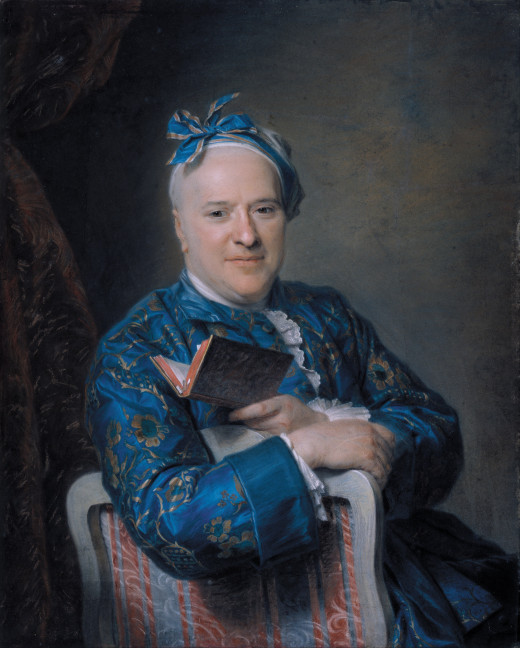
- Maurice Quentin de La Tour - Wikipedia, the free encyclopedia
Maurice Quentin de La Tour (5 September 1704 - 17 February 1788) was a French Rococo portraitist who worked primarily with pastels. - Maurice Quentin de La Tour | Dictionary of Pastellists
- Maurice-quentin De La Tour (1704 - 1788) Artwork Images, Exhibitions, Reviews
Contemporary Art for Sale. Buy quality contemporary art and fine art from thousands of artists. - Pastelists at Work: Two Portraits at the Metropolitan Museum by Maurice Quentin de La Tour and Jean
Pastelists at Work: Two Portraits at the Metropolitan Museum by Maurice Quentin de La Tour and Jean Baptiste Perronneau (13 page in-depth article) - Biography of Maurice-Quentin de La Tour | Getty Museum
A biography of the artist Maurice-Quentin de La Tour from the J. Paul Getty Museum's collection.
19th Century Artists
Edgar Degas
19 July 1834 – 27 September 1917
The pastel artwork of Edgar Degas
Most of Degas's pastel works were done in his later years when he could no longer paint in oils. These were executed when he was working in probably the most impressionistic and colourful phase of his career - which very probably has something to do with how much and what he could see.
Degas used strong hatching - and clear optical mixing as key features of his pastel work. He's very much influenced my own work in this respect as a result. One of my favourite occupations when new Degas pastels come to London is to sit and try and copy them using my coloured pencils which are acceptable media for use in art galleries. Being dry media you can achieve something of a similar effect if used on their side.
Degas liked experimenting with different media and was an innovator which accounts for some of the unusual supports he used. One of his techniques was to mix pastel dust with fixative so it stuck to the support. He also used monoprints "as if" they were underpaintings for his pastels.
Degas Pastels - by Jean Sutherland Boggs and Anne F. Maheux
Average Customer Review: 5.0 out of 5 stars based on 1 customer review
This book covers 70 of the 700 pastels produced by Degas. Each has a full plate with a facing page commentary. The book also comprises two essays and a chronology of Degas and the pastels, cited exhibitions, a selected bibliography, and a glossary of technical terms.
Many of the works reproduced are in private collections and have not been published before.
Jean Sutherland Boggs is a leading Degas scholar

Degas: Pastels - by Alfred Werner
Average Customer Review: 5.0 out of 5 stars based on 2 customer reviews
Said to be the finest collection of Degas pastels to appear in book form - 32 paintings, reproduced on special paper with fidelity to the originals.
The Pastel Art of Edgar Degas
- Edgar Degas - Style and Technique
Style and Technique of Edgar Degas - Edgar Degas - Wikipedia, the free encyclopedia
Biography of Degas - Edgar Degas (18341917): Painting and Drawing | Thematic Essay | Heilbrunn Timeline of Art History
Thematic essay about Degas
A lot of pastels by Degas can be seen in this video of an exhibition
Claude Monet
14 November 1840 – 5 December 1926

The Unknown Monet: Pastels and Drawings - by James A. Ganz and Richard Kendall
This book is the catalogue of the exhibition of the same name which opened at
- the Royal Academy of Arts in London 17 March - 10 June 2007
- Sterling and Francine Carter Art Institute, Williamstown, Massachusetts 24th June - 16th September 2007
The exhibition comprised some 80 works many of which had never been seen in public before. It reviewed the links between drawings, pastels and paintings during his career. It revealed drawing as being an important part of Monet's preparation to paint.
Rated an average of 5.0 out of 5 stars by 6 customer reviews
I own a copy - bought at the exhibition - and to my mind it's an extremely well researched catalogue which is comprehensive on this topic
'You must begin by drawing. Draw simply and directly, with charcoal, crayon or whatever, above all observing the contours, because you can never be too sure of holding on to them, once you start to paint.'
— Claude Monet (1920)The Pastel Art of Claude Monet
Monet's pastel drawings are seen only rarely. However in 2007, there was an exhibition "The Unknown Monet" which was devoted to his works on paper - including his pastel drawings
Some of his pastel drawings of the Charing Cross and Waterloo Bridges in fog - drawn from his room in the Savoy - are colourist in nature and to my mind look very contemporary.
I went to see the exhibition and reviewed it on my blog. I've also visited the Savoy Hotel and stood where Monet stood to draw and paint the scenes along the River Thames just outside.
- Introduction to the Unknown Monet - Royal Academy of Arts
Introduction to the Unknown Monet - Royal Academy An illustrated Introduction to the Exhibition for Teachers and Students Written by Lindsay Rothwell - MAKING A MARK: The Unknown Monet: Pastels and Drawings
My review of the exhibitionPastels, drawings, sketchbooks and Monet - four of my favourite things are combined in the new exhibition about "The Unknown Monet" at the Royal Academy of Arts until 10th June 2007.
Mary Cassatt
May 22, 1844 – June 14, 1926
I am not willing to admit that a woman can draw that well
— Edgar Degas (about Mary Cassatt)Introducing Mary Cassatt
- About Mary Cassatt - American Artist
Learn about Mary Cassatt - the American Artist and Impressionist painter and printmaker. Find out more about Mary Cassatt's life - see images of Cassatt's paintings and prints - either on-line or in museums and galleries around the world
Mary Cassatt: Oils and Pastels
Average Customer Review: 4.2 out of 5 stars based on 6 customer reviews
In addition to the colour plates, this book includes a biography of Cassatt
Published in co-operation with the National gallery of Art in Washington

Mary Cassatt: Reflections of Women's Lives
Published in association a major 1998 retrospective exhibition shown at the Art Institute in Chicago, the Museum of Fine Arts in Boston and the National Gallery in Washington, D.C
A lecture about Mary Cassatt at Program at the Hudson Library & Historical Society.
Odilon Redon
April 20, 1840 – July 6, 1916
Odilon Redon: Pastels
This was one of the first books I bought when starting to collect books about pastel artists. This was, in part, because there are so few books about pastel artists - and even though I didn't have a clue about the artist, I thought the pastel artwork looked interesting and was something I could learn from.
Average Customer Review: 5.0 out of 5 stars See all reviews (3 customer reviews)
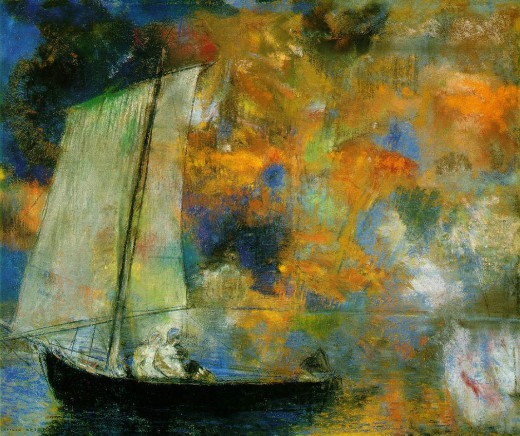
More about Odilon Redon
- Odilon Redon - Wikipedia, the free encyclopedia
Odilon Redon (born Bertrand-Jean Redon; French: April 20, 1840 – July 6, 1916) was a French symbolist painter, printmaker, draughtsman and pastellist. - MoMA | The Collection | Odilon Redon (French, 1840–1916)
Redon’s reputation until 1890 rested entirely on work in black and white, but he had been using colour in unexhibited landscape studies. From c.1890 he began to extend his use of colour to works that repeat or develop the subject-matter of the Noirs - Odilon Redon - The complete works
Odilon Redon - Homepage. The complete works, large resolution images, ecard, rating, slideshow and more! One of the largest Odilon Redon resource on the web! - Odilon Redon Online
Odilon Redon [French Symbolist Painter, 1840-1916] Guide to pictures of works by Odilon Redon in art museum sites and image archives worldwide. - Odilon Redon (French painter) | Encyclopedia Britannica
French Symbolist painter, lithographer, and etcher of considerable poetic sensitivity and imagination, whose work developed along two divergent lines.
James McNeill Whistler
Pastels by James McNeill Whistler
Some of Whistler's most attractive drawings are done in pastel on a variety of supports. Pastel is particularly effective at getting an atmospheric vapour which is one of Whistler's motifs.
Traditionally he used pastels in the same way as most other artists did - for portraits and figure studies. However, like Monet he also extended their use to capturing images of the places he visited. My favourites are the ones he did in Venice.
Introducing James McNeill Whistler
- The Frick Collection: Exhibitions: Portraits, Pastels, Prints: Whistler in The Frick Collection
Portraits, Pastels, Prints: Whistler in The Frick Collection June 2 through August 23, 2009
The Pastel Art of James McNeill Whistler
- PASTEL BY WHISTLER SELLS FOR A RECORD $650,500 AT DOYLE NEW YORK'S AMERICAN ART AUCTION ON MAY 9, 20
Doyle New York's auction of American Art on May 9, 2012 offered important paintings and sculpture by American artists of the 19th and 20th centuries. With competitive international bidding from buyers in the salesroom, on the telephones and via the I - James McNeill Whistler Catalogue by FREDERICK A. SWEET
Catalogue for exhibitions in 1968 as followsTHE ART INSTITUTE OF CHICAGO MUNSON-WILLIAMS-PROCTOR INSTITUTE, Utica, N.Y. - Oils, water colors, pastels & drawings by James McNeill Whistler : Whistler, James McNeill, 1834
Catalog of an exhibition held at the Buffalo Fine Arts Academy, Albright Art Gallery, March 7 - April 27, 1911
James McNeill Whistler: Drawings, Pastels and Watercolours: A Catalogue Raisonne
This is a Catalogue Raisonne for the serious scholar. It also documents the changes in Whistler's drawings in pastels - particularly in relation to the Venetian period.
The author Margaret F. MacDonald is a world authority on the art of Whistler.
20th Century Pastel Artists
Georgia O'Keeffe
November 15, 1887 - March 6, 1986

O'Keeffe On Paper
This is the catalogue for an exhibition of O'Keeffe's works on paper organized by the National Gallery of Art in Washington and the O'Keeffe Museum in Santa Fe.
O'Keeffe on Paper - the catalogue - includes 80 illustrations including 60 in full colour.
Wolf Kahn
born October 4, 1927
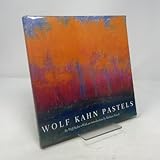
Wolf Kahn: Pastels
Average Customer Review: 4.6 out of 5 stars based on 17 customer reviews
For people who like:
- contemporary pastel art
- contemporary landscapes
- artists who push colour boundaries and our perception
© 2013 Katherine Tyrrell
